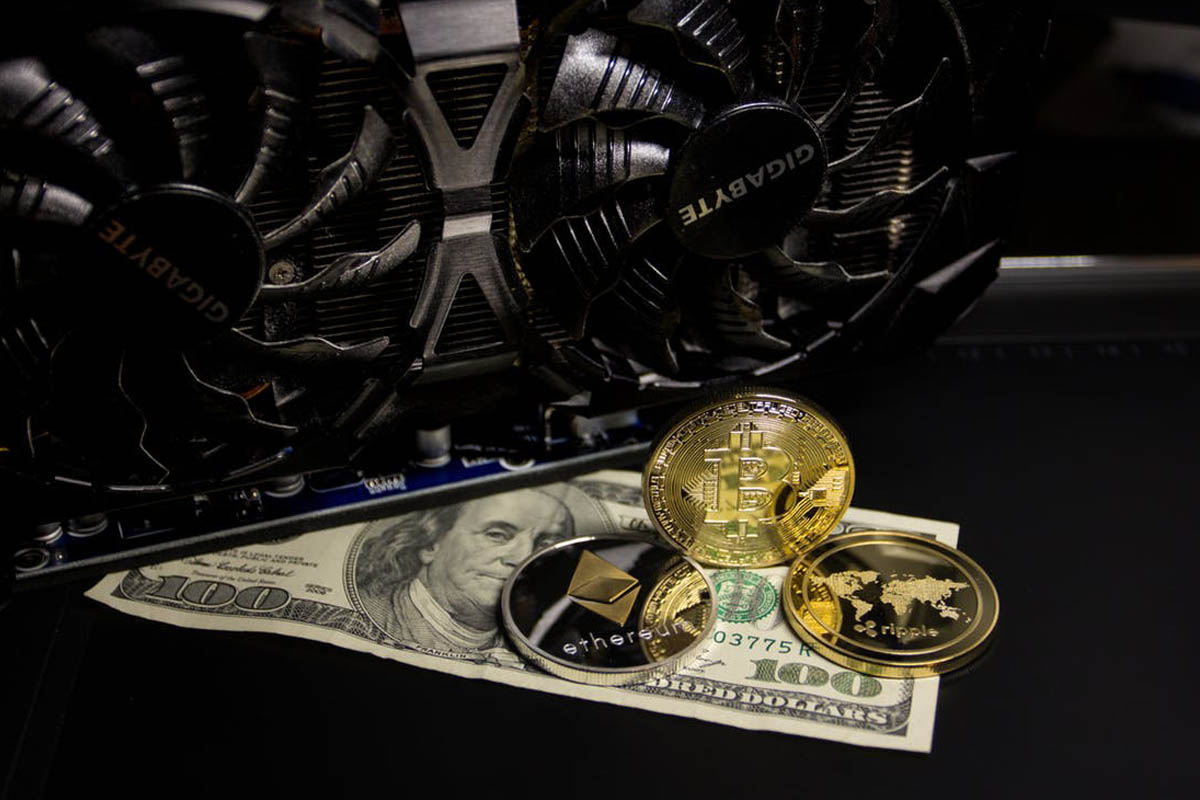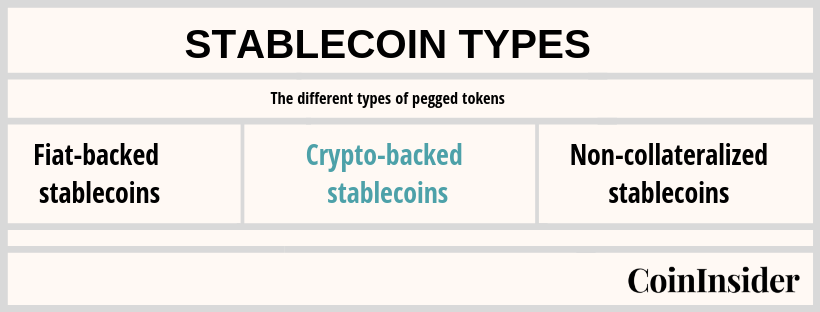Cango Sells Legacy China Business, Goes All-In on BTC Mining
Cango, a China-based automotive financing company, is said to have sold its China operations for $352 million to an entity linked to...

Imagine a currency which had all of the attributes of a cryptocurrency with none of the volatility. Sounds amazing, right? A decentralized tender, with peer-to-peer promises, a blockchain base, and stability as though the token was fiat. Enter stablecoins.
It almost sounds too good to be true. But it is true. And they’re rocking the cryptocurrency industry. In the most delightfully ironic manner.
In the short of it, a stablecoin is a cryptocurrency token which has its value at a 1:1 ratio; pegged to a stable asset. Usually, the pegged to an asset such as gold or a fiat currency like the US dollar. The fundamental concept of a stablecoin is to hold the stability of its pegged value while maintaining its reputation of a cryptocurrency. It holds the best aspects of the cryptocurrency market but leaves the volatility behind.
There are three types of stablecoins, namely:

Tether is arguably the most well-known stablecoin, but it has faced heavy criticism for its seemingly centralized nature and a lack of auditing. Tether has been slammed by users who claim that Tether manipulated the price of Bitcoin by creating newly printed USDT tokens.
Read more: Fiat-backed stablecoins
Fortunately, stablecoins reputation isn’t pegged to Tether’s controversies and other stable tokens have managed to find their way successfully into the cryptocurrency market.
The answer lies in the name. A stablecoin which is backed – or collateralized – by means of a fiat asset, such as the US dollar is fiat-backed. Although it usually has a fiat currency as its pegged value, a stablecoin which is backed by a cryptocurrency has a cryptocurrency token as collateral in order to compensate for any volatility that the market might show.
Crypto-backed stablecoins essentially operate in the same way that a fiat-backed stablecoin does; it holds its value to a pegged asset. Instead of using the fiat as collateral, however, the crypto-backed stablecoin has cryptocurrency locked up as collateral – usually, Ethereum is used.
A crypto-backed token will use a ‘security pledge’ to compensate for the volatility of the cryptocurrency which is being used as collateral. This means that the token will not have a 1:1 ratio for the collateral crypto as it simply would not be able to hold its peg. For example; if a crypto-backed token is pegged to the US dollar; it will have something closer to a $2.00 peg for every $1 stablecoin issued.
Read more: An overview of stablecoins
Easily one of the better known crypto-backed stablecoins MakerDAO aims to use its native Maker tokens coupled with the Ethereum blockchain with the intention of minimizing price volatility. MakerDAO uses a smart contract and the Ethereum blockchain, which allows Ether to gather into something called a Pooled Ether (PETH). This becomes the collateral which helps maintain the peg. The smart contract can then generate MakerDAO’s DAI token, which gains interest (which is the “stability fee”) over time. If a user wants to withdraw Ether from the contract, they would need to pay back the same amount of DAI – which is how the fee kicks in.
MakerDao has two lines of defence which allows the token to maintain the stability despite the fact that it is backed by an unstable asset. The first lies in the blockchain of Ethereum and the beauty of the smart contract. If the price of DAI begins to move, the blockchain generates smart contract which automatically pushes the value to stabilize. It readjusts to the pegged US dollar value and holds itself there owing to the contract in place. If a severe increase or decrease happens, Maker’s second defence kicks in; and the nodes owning the Maker tokens form Maker smart contracts which adjust the value of the DAI token; pinning the value back to the peg. Those who own the nodes are then rewarded for their assistance in regulating the price of the stablecoin.
Cango, a China-based automotive financing company, is said to have sold its China operations for $352 million to an entity linked to...
Sony Electronics Singapore teamed up with Crypto.com to support USDC payments, reflecting the increasing adoption of stablecoins.
Kraken has secured restricted dealer registration in Canada, reinforcing its commitment to the market following Gemini.
Vanuatu has enacted strict crypto regulation and licensing laws to deter bad actors who might exploit small island nations.